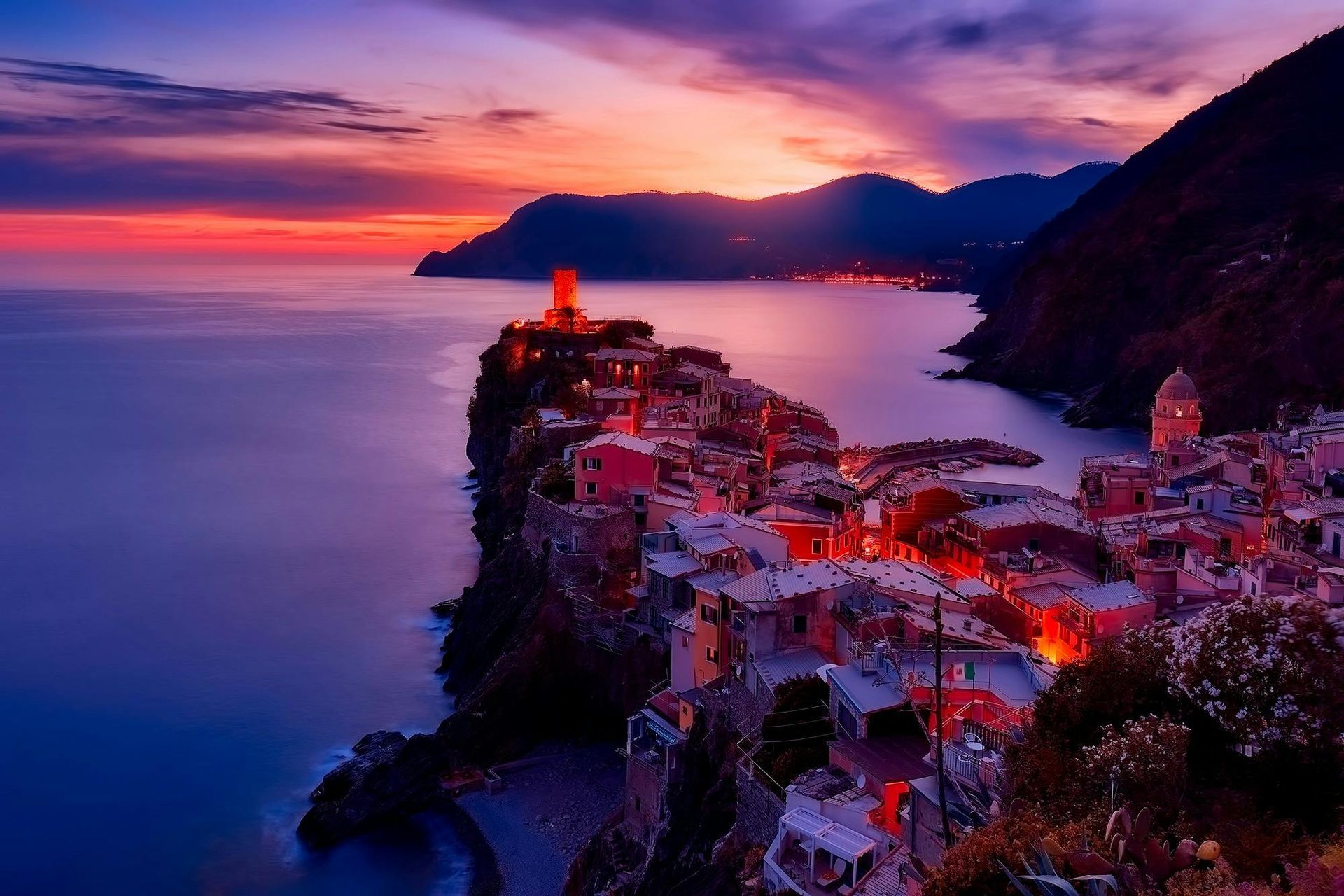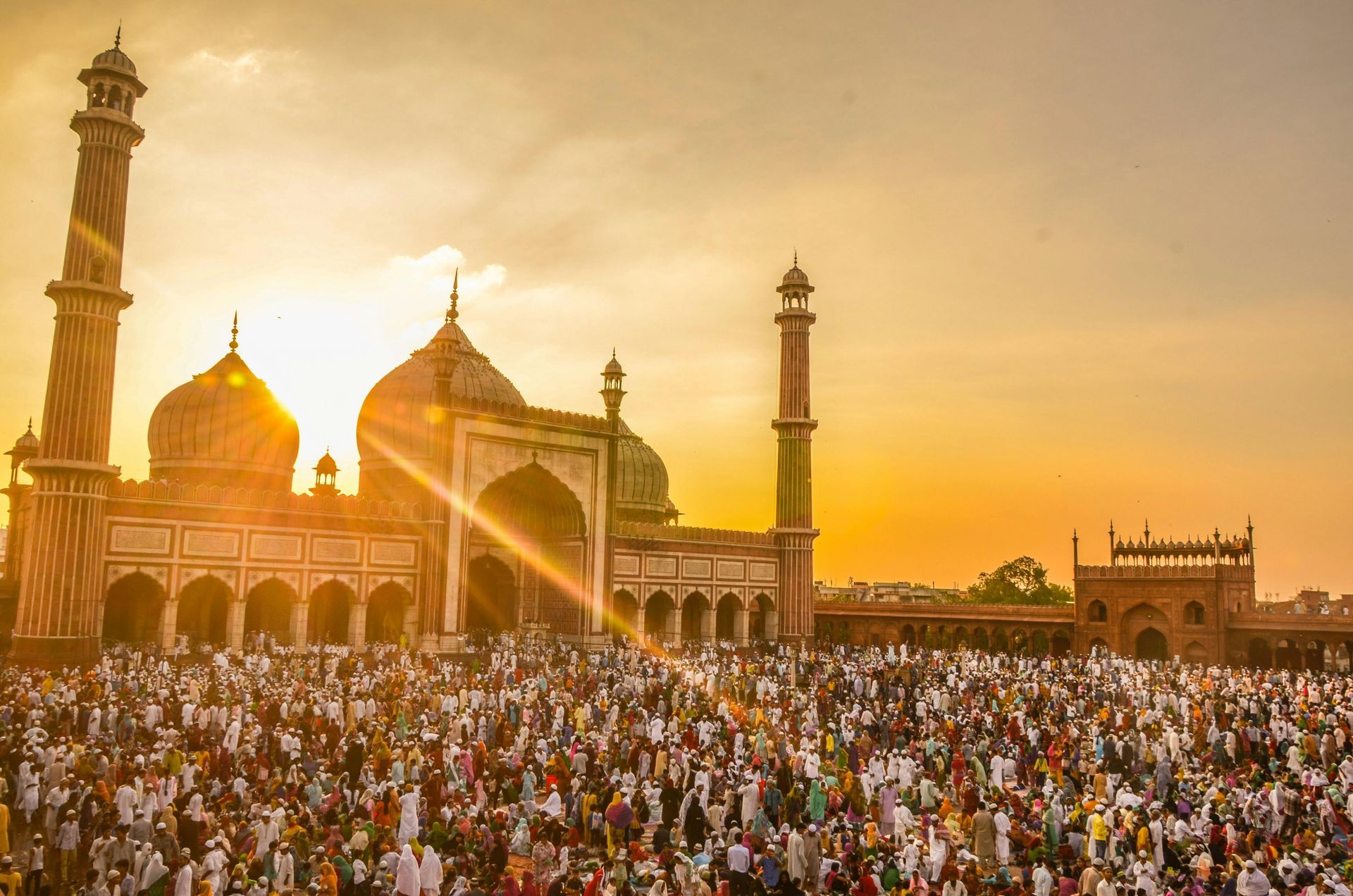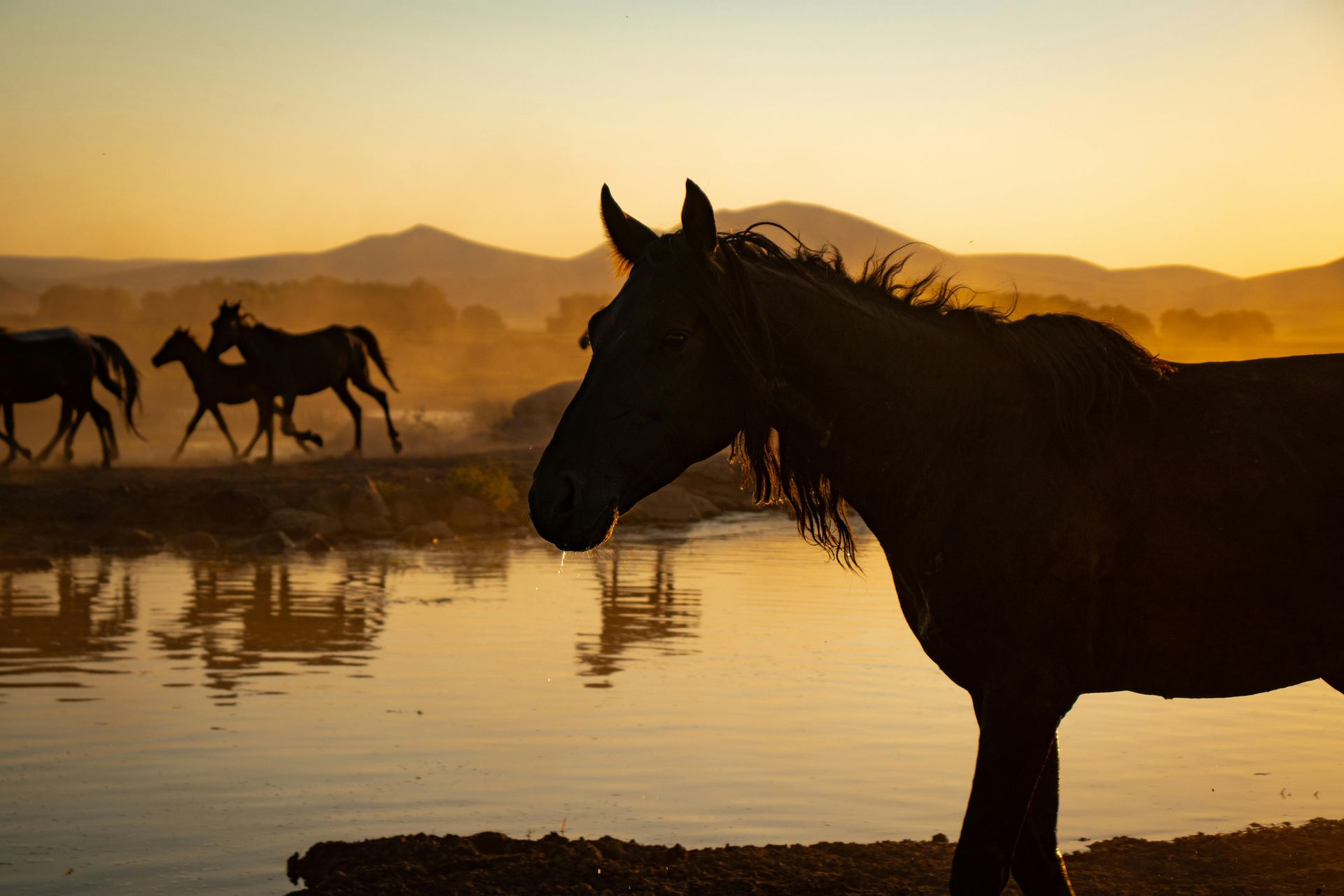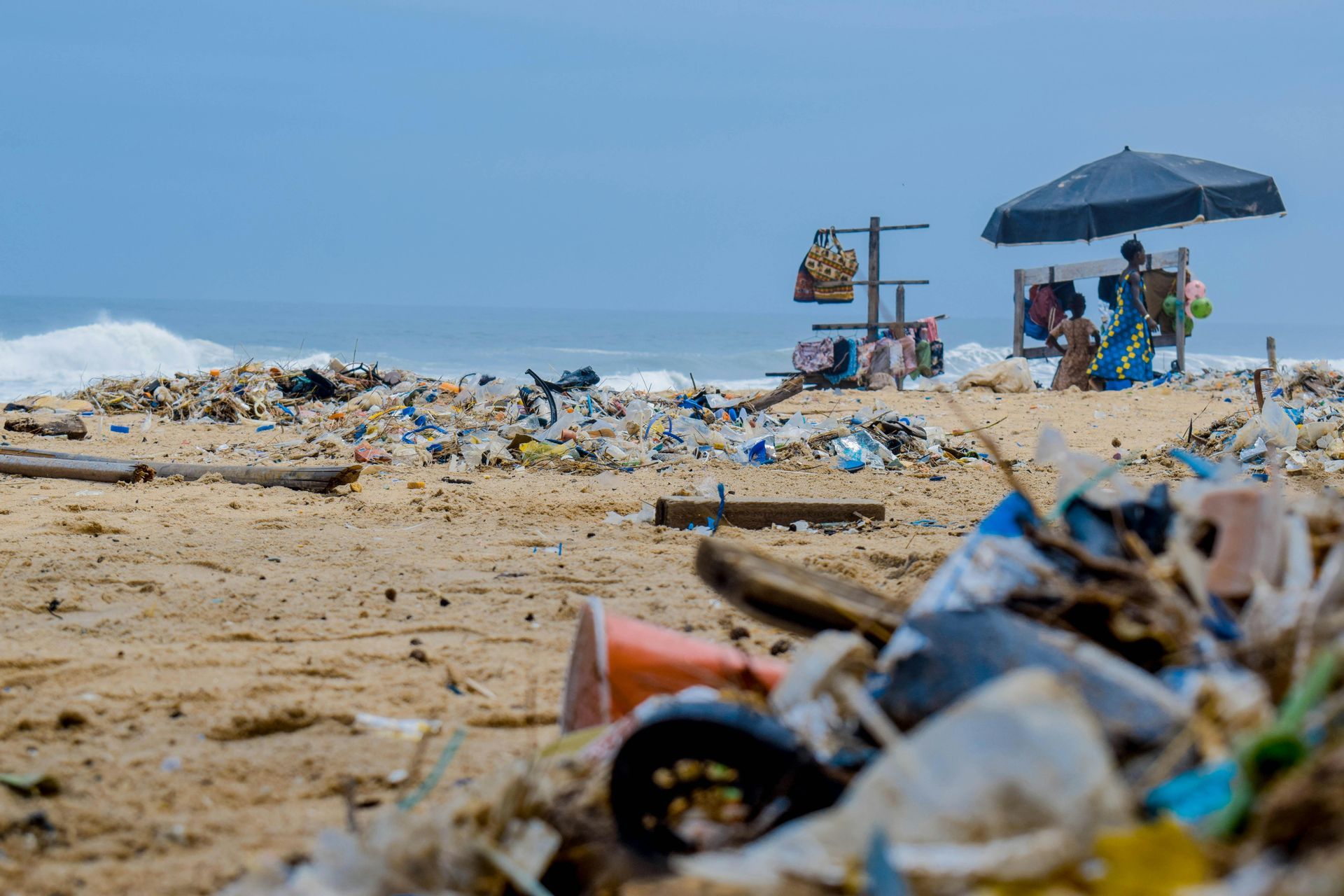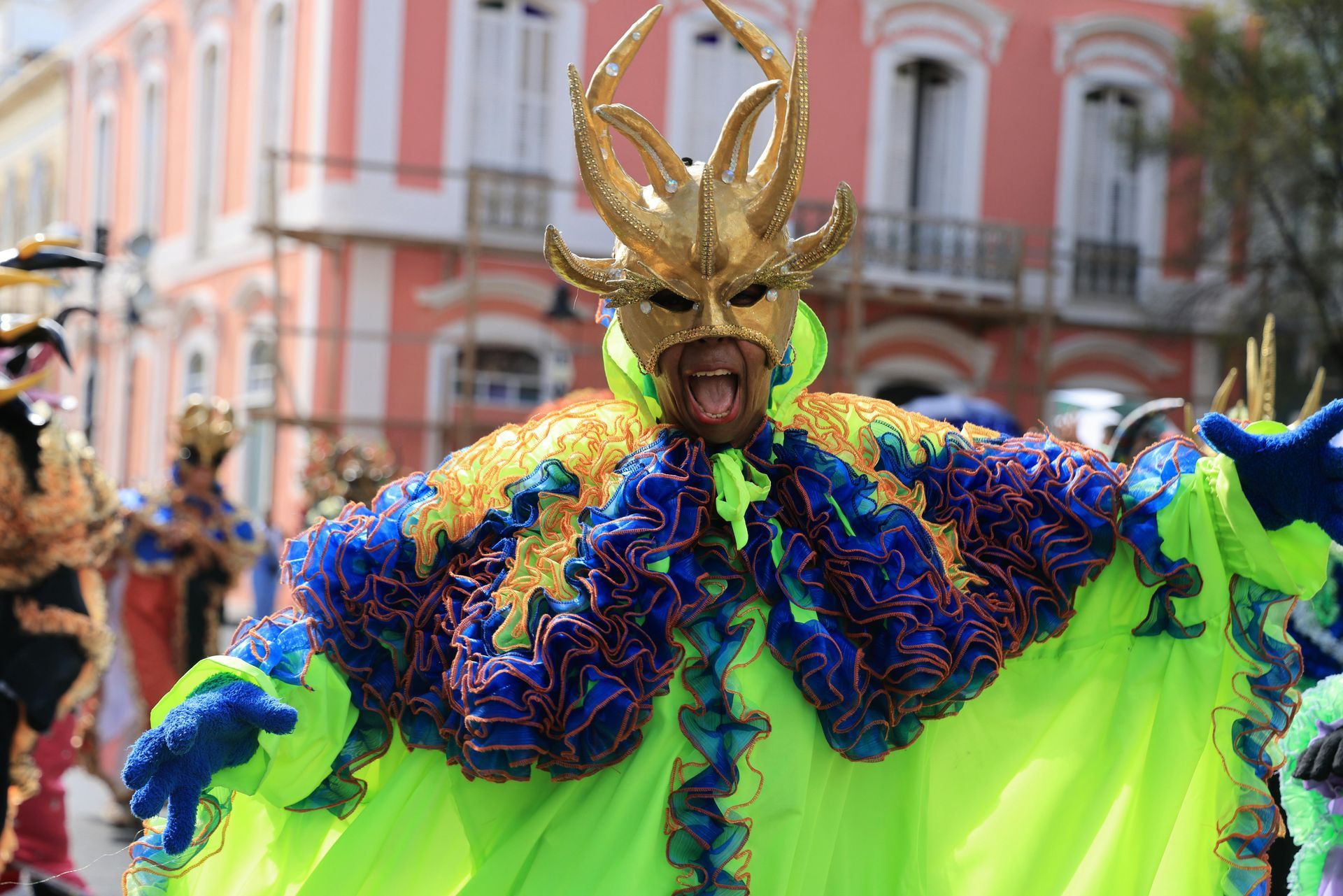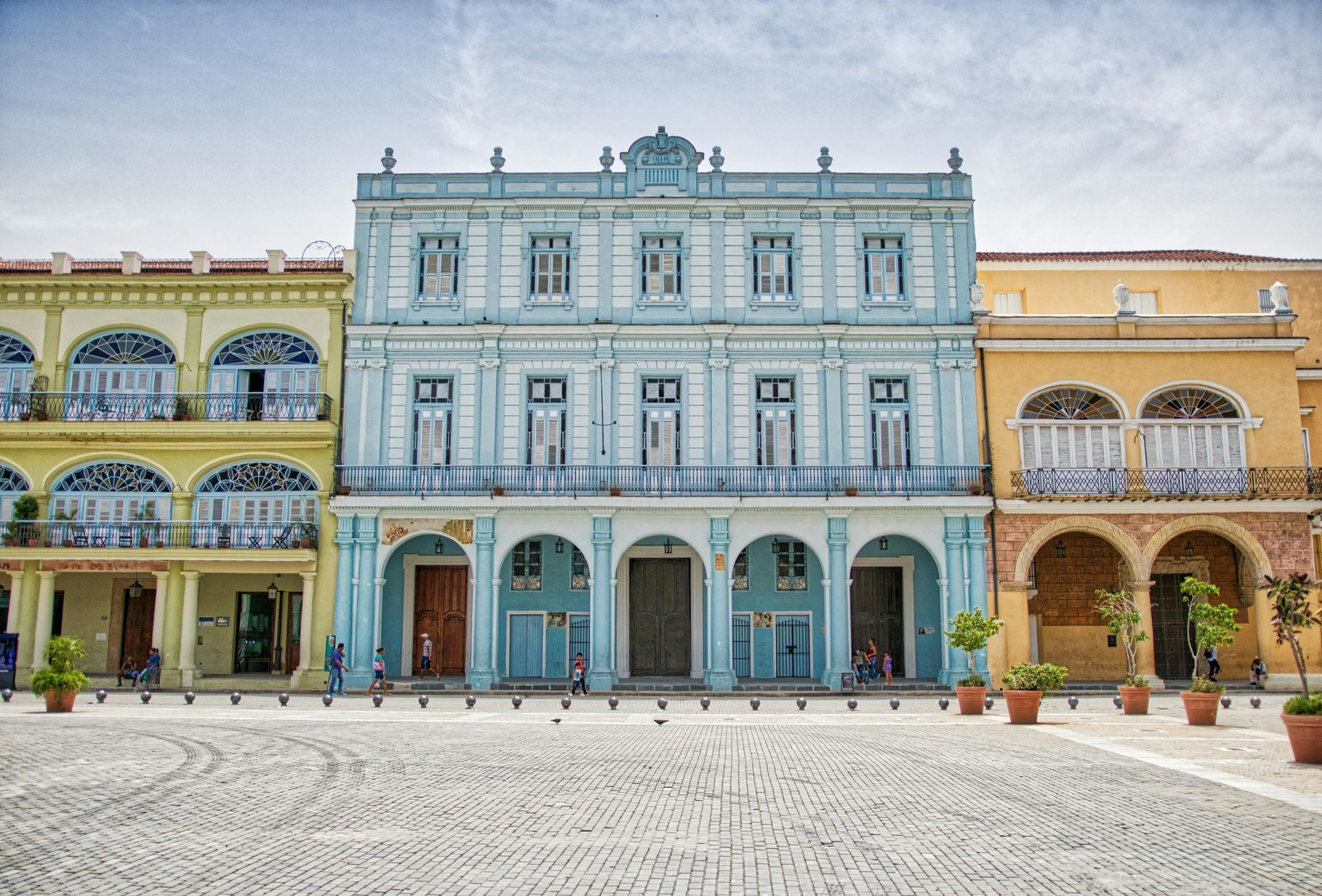A Year of Earth’s Rhythms: Natural Phenomena Around the World, Month by Month
A Year of Earth’s Rhythms: Natural Phenomena Around the World, Month by Month
Not a checklist, nor a conquest — just a quiet invitation to notice.
Nature doesn’t perform for us. These phenomena unfold whether or not we watch. But for those who tread lightly, look closely, and listen well, the Earth offers profound, often fleeting moments. This guide invites mindful travellers to witness some of these rhythms — not as ‘must-sees’, but as chances to understand place, time, and ourselves differently.
Introduction
The natural world offers an endless symphony of phenomena that unfold in their own time and rhythm, inviting us not only to witness but to listen and reflect. This guide is a gentle invitation to connect with Earth’s seasonal dance—from the comfort of your own home or, if you choose, by visiting these places in person.
Many of these phenomena attract large numbers of visitors, sometimes to the detriment of local ecosystems and communities. Travelling thoughtfully means acknowledging your footprint, considering the timing and impact of your visit, and prioritising responsible, professional guides who respect the land and its inhabitants. Sometimes the most profound experience is simply to observe quietly, to learn, and to be inspired through film and story before setting out into the world.
JANUARY
Aurora Australis, Antarctica and Southern Latitudes
As solar winds strike Earth’s magnetic field, they generate auroras—dancing lights in polar skies. These lights occur when charged solar particles collide with gases in the upper atmosphere, causing ionisation and glowing displays. In the Southern Hemisphere’s summer, Antarctica's skies remain dark enough for brief sightings of the elusive Aurora Australis.
Mindful note: Few will ever travel here, but satellites and live-streams allow us to watch without intruding on this fragile frontier.
Watch:
"The Wonder of the Southern Lights" (ABC Australia) – A rare look at the aurora from southern latitudes
Sardine Run (Early Signs), South Africa
Though peaking later, the first signs of sardine activity begin along South Africa's Eastern Cape. The sardine run happens due to a cold current—the Agulhas Bank upwelling—bringing nutrient-rich waters that sardines follow northward in massive shoals, triggering a marine feeding frenzy.
Mindful note: If planning to dive, choose local operators who avoid crowding wildlife. Much of the drama is now visible in documentaries.
Watch:
"Blue Planet II" (BBC) – The episode “Big Blue” showcases this event in stunning detail.
Snow Monkeys in Jigokudani, Japan
Deep winter brings snow to the Japanese Alps, where macaques descend to hot springs for warmth. This behaviour is a cultural adaptation—learned and passed between generations—as a survival strategy in extreme cold.
Mindful note: Keep your distance. Support sanctuaries that prioritise animal welfare over performance.
Watch: "Snow Monkeys" (PBS Nature) – A beautiful, intimate story of their winter survival.
FEBRUARY
Bioluminescent Beaches, Tasmania
Warm summer waters and algal blooms can light up Tasmania’s shores with eerie blue bioluminescence. The glow is a natural defence mechanism by tiny plankton called dinoflagellates, which emit light when disturbed to ward off predators.
Mindful note: Don’t wade or stir the water needlessly. Observe from shore and allow nature’s subtle signals to shine.
Watch: "Magical Land of Oz" (ABC/BBC) – Includes haunting footage of bioluminescence.
Lake Natron Flamingo Nesting, Tanzania
Each February, East Africa’s Lake Natron becomes a surreal scene: blood-red waters shimmer under the sun as hundreds of thousands of lesser flamingos arrive to breed. The lake’s extreme alkalinity deters predators, creating a uniquely safe nursery. Flamingos time their arrival with the lake’s shallow water levels, which form as regional rainfall patterns shift.
Mindful note: Observe from a respectful distance using binoculars. Support local initiatives preserving this delicate breeding ground from soda mining threats.
Watch: “The Crimson Wing: Mystery of the Flamingos” (DisneyNature) – A hauntingly beautiful film about their fragile cycle of life.
Snow Geese Migration, North America
In late winter, vast flocks of snow geese begin pushing northward from southern wetlands. Their internal biological clocks and changing daylight hours cue this movement toward thawing Arctic nesting grounds.
Mindful note: Choose observation decks. Don’t flush flocks—startle responses can waste critical energy.
Watch: "Winged Migration" (2001) – A poetic film capturing global bird journeys.
Ice Caves of Lake Baikal, Russia
Baikal freezes thick by February, revealing turquoise ice caves and frost patterns unique to this vast lake. The ice forms from exceptionally pure water freezing layer by layer, with shifting winds and pressure shaping its otherworldly structures.
Mindful note: Travel with a certified guide. Stay on marked paths and never leave waste.
Watch: "Wild Russia" (National Geographic) – Explores Baikal’s frozen wonders.
MARCH
Cherry Blossoms, Japan
As winter retreats, warmer air and sunlight trigger Japan’s iconic sakura bloom. The flowering is regulated by cumulative temperature increases and photoperiod (day length), which awaken dormant buds.
Mindful note: Skip peak parks and opt for rural paths. Don’t shake branches or pick blossoms.
Watch: "Sakura: Japan’s Longest Day" (NHK) – A slow, meditative film about fleeting beauty.
Blooming of Namaqualand Daisies, South Africa
March marks the tail end of the spectacular wildflower bloom in South Africa’s Namaqualand, particularly in years with early rainfall. Arid plains erupt in colour as dormant seeds awaken after summer rains. The bloom’s intensity and timing depend on rainfall, temperature, and wind—a delicate equation of natural chance.
Mindful note: Stick to marked paths to protect fragile flora. Travel with a guide who can interpret the ecology and local stories behind the bloom.
Watch: “Africa’s Wild Flowers” (NHK/BBC co-production) – A poetic and informative look at Southern Africa’s floral kingdom.
Northern Lights over Scandinavia
Though visible from September, March brings high geomagnetic activity and crisp skies for aurora hunting in Norway, Sweden, and Finland. The solar activity remains strong, while weather patterns allow more frequent clear nights.
Mindful note: Support communities offering low-impact viewing and night-sky conservation.
Watch: "The Northern Lights: Nature’s Greatest Light Show" (BBC) – A deeply visual journey into aurora science.
APRIL
Monarch Butterfly Departure, Mexico
By April, millions of monarchs leave their Mexican mountain sanctuaries, heading north. Their departure is triggered by temperature increases and hormonal changes caused by longer days, marking the beginning of their intergenerational migration.
Mindful note: Visit only in permitted zones and walk gently. Don’t touch butterflies or disturb trees.
Watch: "Flight of the Butterflies" (IMAX) – A stunning, science-rich depiction of their lifecycle.
Cherry Blossoms, Washington D.C. and South Korea
Cherry blossoms bloom again in the Northern Hemisphere’s mid-latitudes. This mass flowering is triggered by sustained spring temperatures and internal plant cycles built on winter dormancy.
Mindful note: Avoid midday crowds. Early morning walks offer peace and beauty with less impact.
Watch: "The National Parks: America’s Best Idea" (PBS) – Includes poetic scenes of DC’s bloom.
Coral Spawning, Great Barrier Reef
Around the full moon in April, corals release egg and sperm bundles simultaneously—a coordinated act triggered by sea temperatures, lunar cycles, and day-length rhythms to maximise fertilisation.
Mindful note: Avoid diving on these nights unless part of a reef-safe research tour. Chemical-free sunscreen is essential.
Watch: "Great Barrier Reef with David Attenborough" (BBC) – Shows the extraordinary precision of coral life.
MAY
Synchronous Fireflies in Southeast Asia
In the mangroves and riverbanks of Thailand and Malaysia, thousands of fireflies blink in synchronised patterns, lighting up the night like a rhythm of stars brought down to Earth. Their coordinated flashing is a mating display, peaking after the first rains of the year and during warm, humid evenings in late spring.
Mindful note: Observe in silence. Choose boat tours that use no artificial light and keep a respectful distance from trees where fireflies cluster.
Watch: "Light on Earth" (BBC, narrated by David Attenborough) – A glowing exploration of bioluminescence in nature, including the firefly phenomenon.
May Snow in the Alps
Despite the arrival of spring in the valleys, the upper Alps often receive fresh snowfall in May. This paradox of spring blossoms below and winter renewal above is due to late-season cold fronts that sweep through the region, creating an ephemeral white coat on alpine meadows.
Mindful note: Stay on trails and respect alpine regeneration zones. Late-season snow can obscure plant growth beneath the surface.
Watch: "The Alps: Realm of the Golden Eagle" (PBS Nature) – Offers dramatic vistas and the quiet power of alpine life through the seasons.
Whale Sharks in the Philippines
May marks the end of whale shark season in Donsol, where these gentle giants follow plankton blooms brought by ocean currents. These annual gatherings are not migrations but opportunistic feedings that depend on sea temperature and nutrient upwelling.
Mindful note: Swim without touching. Seek community-based ecotourism groups who enforce respectful wildlife interactions.
Watch: "Oceans" (DisneyNature) – A sweeping underwater epic that includes stunning footage of whale sharks and their habitat.
JUNE
Midnight Sun in the Arctic Circle
As the Earth tilts towards the sun, areas within the Arctic Circle experience continuous daylight. From Norway to Alaska, the sun doesn't set for weeks, illuminating tundra landscapes and waking sleeping ecosystems. This natural phenomenon peaks around the summer solstice.
Mindful note: Let local rhythms guide your activity. Observe how communities adapt to light without overextending your energy or expectations.
Watch: "Wild Scandinavia" (BBC) – A beautifully filmed series that captures Arctic life bathed in the eerie, endless glow of midsummer.
Turtle Nesting in Costa Rica
Along the beaches of Tortuguero and Ostional, green sea turtles and olive ridleys begin their nesting season. At night, the females crawl ashore to lay hundreds of eggs, driven by moonlight and ancestral memory. Their arrival in June is aligned with sea temperatures and current patterns.
Mindful note: Never use flashlights or flash photography. Join only certified tours that adhere to strict nesting protection protocols.
Watch: "Blue Planet II" (BBC, Episode 6: "Coasts") – Includes powerful scenes of turtle nesting and the fragile start of new life.
Sardine Run off South Africa
Along the eastern coast of South Africa, billions of sardines move northward in tight shoals, creating one of the largest marine migrations on Earth. Their path is dictated by water temperature and currents, and predators from dolphins to sharks to gannets follow in frenzied pursuit.
Mindful note: Dive responsibly. Choose operators who don’t harass marine life and allow the event to unfold naturally.
Watch: "Blue Planet" (BBC, Episode 5: "Seasonal Seas") – Features the sardine run in breathtaking, chaotic splendour.
Pantanal Flood Season Wildlife Watching, Brazil
By June, seasonal rains have flooded the Pantanal, the world’s largest tropical wetland. This flooding concentrates wildlife—jaguars, capybaras, caimans—onto higher ground, making it one of the best times for sightings. The phenomenon is driven by rainfall in the upland areas of the Cerrado that drain into the basin over months.
Mindful note: Choose eco-lodges and guides who prioritise slow travel and avoid motorboat overuse in sensitive channels.
Watch: “Jaguar: Closer Than Ever Before” (BBC Earth) – Features never-before-seen behaviour filmed in the Pantanal.
JULY
Lavender Bloom in Provence, France
Fields of lavender unfurl across southern France in a purple wave during July. This sensory bloom is closely linked to temperature and sun cycles, peaking just before harvest begins. The scent, colour, and buzz of pollinators transform rural hillsides into living tapestries.
Mindful note: Choose small-scale farms over tourist hotspots. Respect boundaries and never pick flowers.
Watch: "The Gardener" (2016) – Though focused on Canada, it explores our relationship with cultivated beauty and seasonal timing.
Polar Bear Activity in Hudson Bay
As sea ice melts, polar bears in Manitoba head toward the shores to await its return. July is a time of land-based fasting, with bears conserving energy and mothers tending to young cubs. Their seasonal movement is dictated by the ice’s retreat, which is increasingly unpredictable.
Mindful note: Visit through conservation programmes that minimise aircraft disturbance and educate about climate impacts.
Watch: "Arctic Tale" (2007) – Narrated journey of a polar bear and walrus family adapting to changing conditions.
Algal Bloom in the Baltic Sea
With rising temperatures and still waters, the Baltic Sea experiences vast green-blue algal blooms in midsummer. These are natural, though increasingly intensified by runoff pollution. Their patterns are visible from satellites, painting swirls across the surface.
Mindful note: Observe from shorelines or aerial images. Consider the connection between agriculture and water systems.
Watch: "Planet Earth: A Celebration" (BBC) – A visual symphony that includes ocean currents and surface phenomena like algae blooms.
AUGUST
Perseid Meteor Shower Worldwide
Each August, Earth passes through debris left by Comet Swift-Tuttle, producing one of the most reliable meteor showers of the year. In clear, dark skies, especially in the Northern Hemisphere, up to 100 shooting stars per hour streak across the night. The phenomenon peaks around mid-August when Earth crosses the densest part of the comet's trail.
Mindful note: Find a dark-sky preserve or rural spot. Allow time for your eyes to adjust and avoid using phone screens.
Watch: "The Farthest: Voyager in Space" (PBS) – While not about meteors, it offers poetic reflections on humanity's journey through space.
Wildflower Bloom in the Dolomites, Italy
By August, the alpine meadows of the Dolomites burst into colour with wildflowers. The delay from spring is due to snowmelt, which only fully clears in late June or July. By August, the slopes are a mosaic of gentians, edelweiss, and orchids.
Mindful note: Stay on marked trails. Alpine flora are extremely sensitive to trampling and slow to regenerate.
Watch: "Italy's Invisible Cities: Florence" (BBC) – For a cultural pairing with Italy's landscapes and history.
Elephant Gathering at Minneriya, Sri Lanka
In the dry season of August, herds of wild Asian elephants gather at the Minneriya Tank to access water and graze on grasses revealed by shrinking shores. This is not a migration but a seasonal congregation driven by drought conditions.
Mindful note: Choose safari operators that keep respectful distances and avoid peak midday hours for animal wellbeing.
Watch: "The Secret Life of Elephants" (BBC) – Follows elephant behaviour with nuance and emotional depth.
SEPTEMBER
Bioluminescence in Mosquito Bay, Puerto Rico
September's warm, calm waters and moonless nights create perfect conditions for glowing dinoflagellates to light up Mosquito Bay. These tiny organisms emit flashes when disturbed, illuminating the water with every paddle stroke or fish movement.
Mindful note: Use kayaks without motors. Don’t wear sunscreen or repellents, which harm the ecosystem.
Watch: "Nature's Glowing Secrets" (CuriosityStream) – Explores bioluminescent organisms around the globe.
Harvest Moon, Northern Hemisphere
September's full moon appears larger and brighter, rising earlier for several nights in a row. Known as the Harvest Moon, it traditionally aided farmers working late. This timing happens when the moon's orbit is closest to the horizon during the equinox period.
Mindful note: Watch from a quiet place. Reflect on seasonal transitions and the relationship between light and labour.
Watch: "The Moon: Our Nearest Neighbour" (BBC) – A quiet, thoughtful exploration of the moon's influence on Earth.
Andean Flamingo Migration, Bolivia’s Altiplano
In Bolivia’s early spring, flamingos that winter in lower elevations begin returning to high-altitude salt lakes like Laguna Colorada. This migration is tied to thawing temperatures and the reappearance of algae blooms. The stark volcanic scenery and pink clouds of birds make for a surreal seasonal spectacle.
Mindful note: Stay on marked paths and avoid drone use. The altitude can be challenging—move slowly and hydrate.
Watch: “Planet Earth II” (BBC) – Episode “Mountains” includes breathtaking sequences of these flamingos.
OCTOBER
Aurora Borealis in Northern Latitudes
October marks the start of aurora season in the Arctic regions, as darker nights return and solar wind activity stirs the magnetosphere. Charged particles from the sun collide with gases in Earth’s atmosphere, painting the skies with green, violet, and red.
Mindful note: Stay warm, quiet, and let your eyes adapt. Avoid chasing the lights aggressively—sometimes they come to you.
Watch: "The Hunt for the Arctic Ghost Lights" (BBC Storyville) – A mesmerising account of the science and soul behind the aurora.
Crane Migration in Hungary's Hortobágy National Park
Tens of thousands of common cranes stop in Hungary during their southbound migration. October is a time of eerie calls and vast skies, as birds gather in shallow wetlands at dusk and dawn. Their timing is tuned to colder air and the fading abundance of northern fields.
Mindful note: Watch from designated hides and maintain silence at roosting sites. Support local conservation groups.
Watch: "Earthflight" (BBC) – Episode 3 includes crane migrations from a bird’s-eye view.
Larch Tree Colour Change, Japan's Alps
Unlike broadleaf trees, the needle-like larch turns brilliant gold before shedding its foliage. In Japan’s Chūu region, this transformation begins in October, creating golden forests above misty valleys. The timing is determined by shorter days and cooler air.
Mindful note: Avoid peak weekends. Visit lesser-known trails and don’t collect fallen needles or cones.
Watch: "Japan: Earth's Enchanted Islands" (BBC) – Includes stunning seasonal sequences in Japan’s wild forests.
NOVEMBER
Yellow-eyed Penguin Nesting, New Zealand
On the windswept coasts of Otago, yellow-eyed penguins quietly begin their nesting season. November is a critical month, as adults take turns guarding eggs and feeding offshore. Their choice of nest sites is influenced by vegetation cover and minimal disturbance.
Mindful note: Use hides and boardwalks. Don’t wait on beaches where penguins need to land or depart.
Watch: "Penguins: Spy in the Huddle" (BBC) – Features intimate views of rare penguins including New Zealand’s.
Fog Season in the Grand Canyon, USA
Known as "total cloud inversion," fog forms in the Grand Canyon after storm systems and cold nights trap clouds beneath the rim. These dramatic scenes, typically occurring in November, are due to warm air sealing in cool, moist air below.
Mindful note: Don’t rush to the edge. Stay present and let the light shift naturally through the mist.
Watch: "The National Parks: America's Best Idea" (PBS, Ken Burns) – Includes atmospheric footage of the Grand Canyon.
Starling Murmuration in the UK
November evenings in places like Somerset or Brighton Pier host astonishing aerial ballets of starlings. These murmurations are defensive, keeping predators confused as the flock settles for roosting. Cold weather and shorter days trigger these displays.
Mindful note: Arrive early and observe quietly. Don't fly drones or disturb roosting trees afterward.
Watch: "Earthflight" (BBC) – Episode 1 beautifully captures the swirl and structure of murmuration.
DECEMBER
Red Crab Migration, Christmas Island
With the start of the wet season in December, millions of red crabs migrate from forest to sea to spawn. Their march is synchronised with the lunar cycle and rains, turning roads and paths into rivers of crimson movement.
Mindful note: Respect road closures and follow local guidance. Don’t touch or move crabs.
Watch: "Life Story" (BBC) – The episode "Home" features this extraordinary journey.
Orion Constellation Dominates Night Skies
In December, Orion the Hunter rises early and bright in the Northern Hemisphere. His belt and bow are made visible by clear winter skies. The stars Betelgeuse and Rigel anchor this seasonal constellation, known to ancient cultures worldwide.
Mindful note: Stargaze wrapped in layers. Use a star chart app in red-light mode to preserve night vision.
Watch: "Wonders of the Universe" (BBC, Brian Cox) – A philosophical and visual journey through our connection to the stars.
Fruit Bat Migration, Kasanka National Park, Zambia
Every December, ten million straw-coloured fruit bats converge in Zambia’s Kasanka forest—a migration so vast it’s visible on weather radar. Drawn by the ripening of wild fig and musuku fruit, the bats travel from across equatorial Africa. This is the largest mammal migration on Earth by numbers.
Mindful note: Support conservation-led tourism. Avoid flash photography and stay quiet in hides at dusk.
Watch: “Africa” (BBC, David Attenborough) – Episode “Savannah” captures this event with rare night footage.
Frozen Bubbles in Alberta's Lake Abraham
Trapped methane gas in frozen lakes creates spectacular ice bubbles in winter. In Alberta, this occurs as lakes begin to freeze deeply in December. The bubbles are flammable, but mostly beautiful—nature's secret chemistry revealed through cold.
Mindful note: Stay off unsafe ice. Visit with a guide and leave no trace.
Watch: "Forces of Nature" (BBC) – Includes segments on the science and beauty of frozen phenomena.
Conclusion
Whether you watch these wonders flicker across your screen or journey to see them firsthand, may this guide encourage you to be a respectful observer of Earth’s delicate rhythms. Choose moments of stillness over haste, curiosity over consumption, and stewardship over spectacle. The planet’s wonders will continue their patient choreography long after the crowds have dispersed—sometimes the greatest gift we can offer is to simply let them be.



